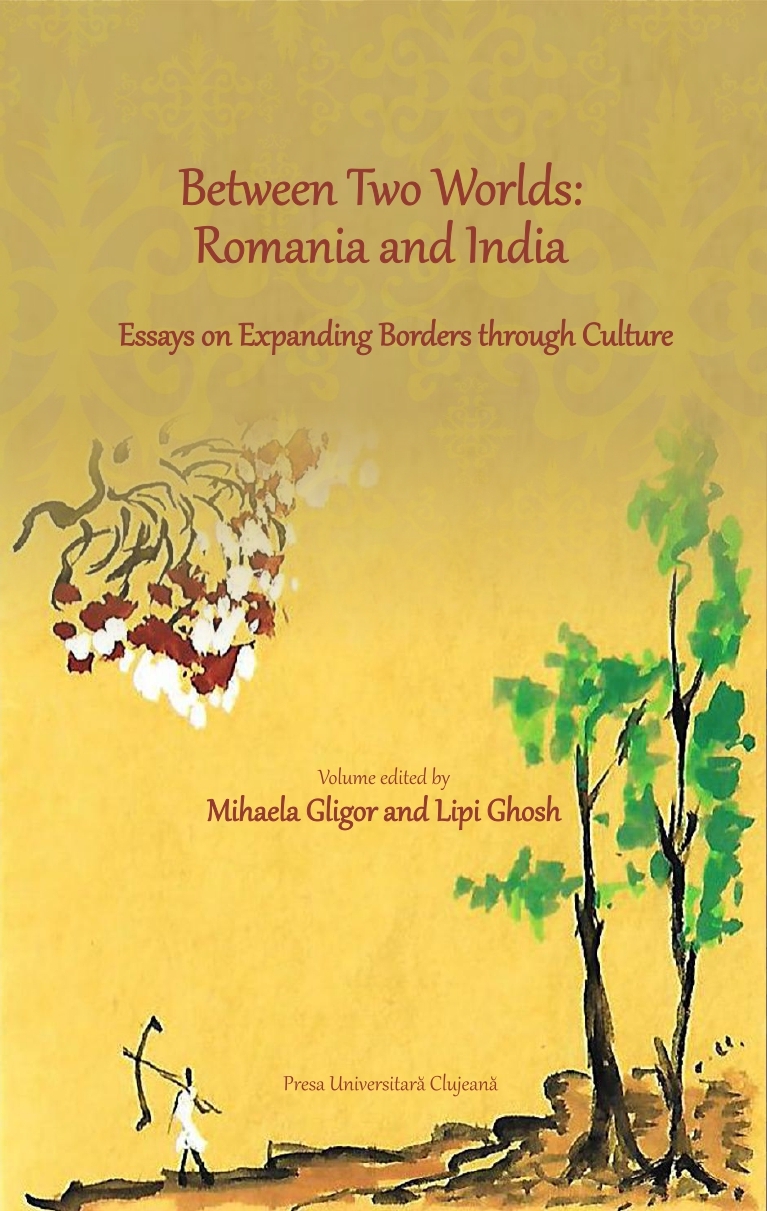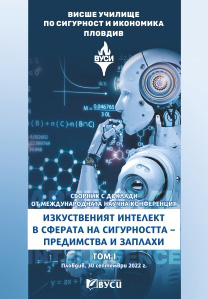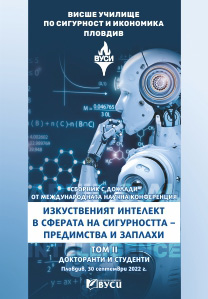
We kindly inform you that, as long as the subject affiliation of our 300.000+ articles is in progress, you might get unsufficient or no results on your third level or second level search. In this case, please broaden your search criteria.


Since the commencement of colonial modernity in India, English, French, and German literature and philosophy have influenced Indian literature. Along with these three major literary spaces, authors also studied new European literature, particularly that of the former USSR republics and small European nations. Translations of literature from Romania, Hungary, Ukraine, the Czech Republic, Finland, Sweden, Denmark, and many more nations have begun to appear frequently in Bengali magazines since the second decade of 20th century. The Bengali literary canon also was being reshaped by such translations and Europe was redefined beyond the established colonial map, as translation appeared as a new cartography. The literary canon of the colonisers was seen as a dominating literary source and the literature of such minor nations was alternative to those. Additionally, Indian minds were attempting to comprehend various European perspectives on World War- I and II at the moment of the shattering of the nations. Amita Bhose, a well-known translator, spent her life translating from Bengali and Sanskrit to Romanian and Romanian into Bengali and created an emotional bond between Romania, her Bengali as well as Indian heritage, and herself. This paper argues Amita Bhose and her works are attached to an emotional bond that causes a translator to find a new home in the world, and a translator may be regarded best as a cultural ambassador. Amita Bhose through her works from and into Bengali and Romanian bridges between two nations and produced a generation of students who essentially become comparatists in various capacities. An international initiative of an individual brought a new dimension in imagining world literature from a particular location and such paradigmatic practices can be argued as an alternative way of doing a non-anglophone, non-canonical literary comparison
More...
Researcher, writer, translator and teacher Amita Bhose (Calcutta, 1933 - Bucharest, 1992) has a special place in the Romanian cultural landscape. Born in Calcutta in 1933, in a family with a rich cultural and scientific activity, she graduated from the Faculty of Chemistry, Physics and Mathematics of the University of Calcutta, in 1953. In 1959, she came to Romania with her husband, a geological engineer, where she enrolled in a two-year Romanian language and literature course. She then returned to India, where she debuted in the Indian press with the article Rabindranath in Romania. It was the beginning of a long series of Bengali and English articles about Romanian culture and literature, from which she also translated. In 1965 she graduated from the Faculty of Bengali-English at the University of Calcutta, and in 1971, the beneficiary of a scholarship from the Romanian state, she enrolled in a PhD programme at the Faculty of Romanian Language and Literature, the University of Bucharest. In 1975 she defended her thesis titled The Indian Influence on the thoughts of Eminescu. From 1971 until her death she lived in Romania, "the country she loved perhaps more than many Romanians did, and served with her intelligence and her pen" (Zoe Dumitrescu-Buşulenga, the scientific advisor of the thesis). In India she published translations into Bengali from contemporary Romanian poetry, from Sadoveanu, Zaharia Stancu and Marin Sorescu, and plays by I.L. Caragiale and Mihail Sebastian were set on stage. In 1969, the volume Eminescu: Kavita (Poems), the first translation of Eminescu in Asia, was published in Bengali.
More...
Professor Surendranath Dasgupta (1887-1952) is probably best remembered as a Philosopher and for his contributions to the historiography of Indian Philosophy. This spirit of philosophical enquiry can also be discovered in his famous works on Yoga and Tantra – knowledge systems which are based in praxis. However, as a thinker, Professor Dasgupta defied all disciplinary boundaries and wrote and lectured on the sciences, literature, art history, aesthetics and so on. Even a cursory look at his teaching career establishes the essentially interdisciplinary nature of his calling: among other things, Dasgupta served as a Professor of Sanskrit and Bengali in Rajshahi and Chittagong College; then taught Bengali at Oxford University; became Professor of Philosophy at Presidency College; then Principal of Sanskrit College; afterwards Professor of Philosophy at the University of Calcutta. He was deeply influenced by poetry, especially Rabindranath Tagore, and many of his essays on philosophy would include Tagore’s poetry as an instance to prove his point or as a moment of epiphany in an otherwise structured argument. Besides these scholarly pursuits, he has also authored poetry collections and novels in Bangla. Dasgupta liked to keep himself informed about the latest developments in World Literature and at times, he even participated in the literary debates that were taking place in the public sphere at that period. Perhaps, his initial training as a student of Sanskrit served as the foundation for this lifelong engagement with languages and literatures. My presentation seeks to locate this literary persona of Professor Dasgupta through a reading of some of his works including Sāhitya Paricay and The History of Sanskrit Literature – in which he worked as an editor and as one of the two contributors. Supplementing these with texts on art and aesthetics by Dasgupta, we seek to understand his way of approaching literature – characteristically comparative; looking for patterns of relationships and connections across time, space, cultures
More...
Born into a socially conservative but intellectually liberal family, Maitreyi was the daughter of scholar-philosopher Surendranath Dasgupta and Himani Madhuri Rai ( sister of Himanshu Rai, owner/ founder of Bombay Talkies). Her early childhood corresponded with the trying years of the First World War while in her youth she was exposed to the political lessons of the Second World War — to fascist Italy, to the Hitlerite regime in Germany, to Stalinist and post-Stalinist Russia, to Republican and communist China — when Maitreyi, was perceived as a left-wing sympathiser. This was the era of the emergence of nation-states, of obsessive nationalism and revolts against hegemonic and capitalist forces. As an intimate protégée of Rabindranath Tagore, wherever she travelled, to China, Russia, Eastern and Western Europe, she practised the transnationalism that marked out the travelogues of Tagore. This meant that both colonial perceptions and the nation-state centric approach were disrupted by discourses of inter-connectedness that in turn challenged conceptual boundaries of difference and ethnicity
More...
Maitreyi wrote books of philosophy and also travel books. For Na Hanyate (It Does not Die), the reply-novel to Mircea Eliade’s story, Maitreyi Devi received, in 1976, the Sahitya Akademi Award, the most important distinction from the Academy of Indian Letters. She was invited to give lectures on life and works of her dear friend and mentor, the Nobel laureate Rabindranath Tagore, or on Indian philosophy and culture, all over the world. She also had a special role in the emancipation of Indian women. Marked by the drama of children left on the roads as a result of territorial divisions and political struggles, Maitreyi Devi set up an orphanage and attracted significant funds for educating and empowering young people in disadvantaged environments.
More...
The circular economy creates new opportunities by introducing ecological principles in manufacturing. The use of technology and artificial intelligence in the circular economy in the environment will contribute to creating new jobs. Digitalization helps to use resources more efficiently and optimize processes and sustainable growth. The skills of the future are directly related to the digital and green transformation of the economy.
More...
Modern challenges to financial management in the field of health care are related to the organization of the health insurance system. Financial management in health care based on artificial intelligence technologies also brings advantages that arise from the accumulation of a more complete set of knowledge, from the streamlining of the process and the elimination of emotional instability in decision-making, from the reorientation from the routine of activities and dissatisfaction from certain repetitive work tasks to another type of creative activities, from expanding the scope and scale of action, from solving more complex problems in a shorter time, etc.
More...
The current report examines the place of artificial intelligence and its level of development in the field of OSINT, as well as the advantages, disadvantages and dangers associated with it. The report begins with an introductory statement aimed at those unfamiliar with the concept of OSINT and continues with an introduction to its functions, current use, and later its advantages, disadvantages, and dangers. This report does not claim to be exhaustive on the subject and aims only to present the current state of artificial intelligence in the specific field.
More...
Cluster development is important with the specificity of the modern innovative economy as a factor in increasing the competitiveness of agriculture and the agro-industrial complex in general. In this regard, this article explains the development of proposals for the introduction of a cluster system in improving the competitiveness of agricultural products.
More...
Undoubtedly, AI technologies can be applied in various areas of the economy. Regarding the state of health care in the EU countries, Bulgaria is characterized by catch-up development, which requires the creation of appropriate conditions for the functioning of our health system, development and implementation of an adequate health policy. All these questions prompt various researchers to seek and propose new directions for improving the system of financing and management in the field of health care.
More...
For the first time in its history, contemporary society is facing challenges so diverse in nature – from the protracted pandemic of the Covid-19, to the crisis of hostilities in Ukraine; serious challenges based on the energy crisis, and complex economic relations. In this context, the complicated political situation throughout the world seems to be the scene of the search for new solutions in all spheres of socio-political life. In these turbulent times, there is still talk of 'sustainability' – of solutions, policies, strategies. Employers and employees face joint challenges to reconcile sustainability and profitability. This paper aims to present key ideas related to the concept of Green HRM and to highlight some key features in making sense of the applicability of this concept in the practice of modern organisations. It focuses on the current state of Green HRM practices in Germany and Bulgaria, where HRM has been a leading theme in recent years and where good practices and ideas can be drawn out.
More...